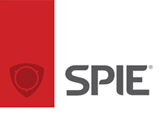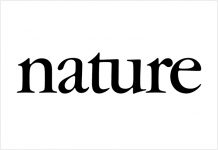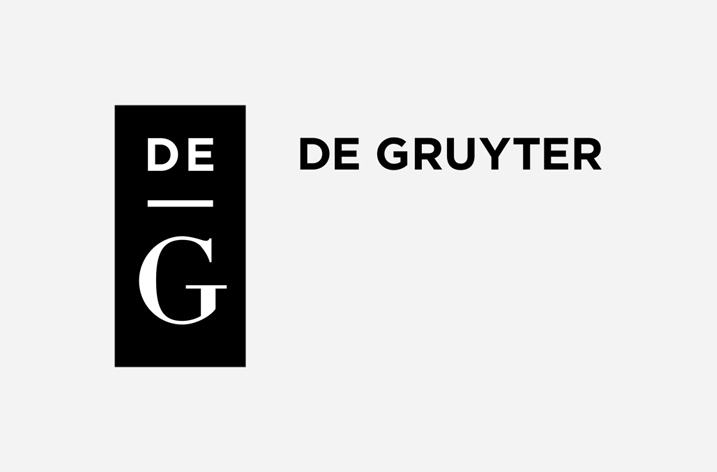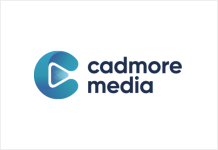
USA Journal editors are expressing enthusiastic support for a new open access option announced recently by SPIE, the international society for optics and photonics.
The new program provides Gold Open Access upon publication for a journal article for which authors or their institutions pay voluntary page charges, beginning in January 2013. Authors will retain copyright under the Creative Commons CC-BY license. In adding to the options available to authors and readers, the program gives SPIE even more cause to recognize Open Access Week 2012 (22-28 October), organized by SPARC, the Scholarly Publishing and Academic Resources Coalition.
“This is a game changer for the Journal of Biomedical Optics,” said Samuel Achilefu, Washington University in St. Louis, a member of the journal’s editorial board.
The new program covers articles published in:
- Optical Engineering
- Journal of Biomedical Optics
- Journal of Electronic Imaging (co-published with IS&T)
- Journal of Micro/Nanolithography, MEMS, and MOEMS
- Journal of Applied Remote Sensing
- Journal of Nanophotonics
- Journal of Photonics for Energy.
“We are excited about this new approach and think it will serve authors and readers alike,” said Optical Engineering Editor Ronald Driggers, U.S. Naval Research Lab.
Chris Mack, Editor of the Journal of Microlithography, MEMS, and MOEMS(JM3), and Akhlesh Lakhtakia of Pennsylvania State University, Editor of the Journal of Nanophotonics, both acknowledged the complex economics of journal publishing in praising the new program.
“As with many peer-reviewed scientific journals published by professional societies, subscriptions cover only a portion of the costs of publishing JM3,” Mack said. “Historically, JM3 has covered some of its cost by asking authors to voluntarily pay page charges. Now, in addition to receiving benefit in the knowledge that they are supporting a journal that is important to their work and their scientific community, the new open access option adds a significant new benefit for both authors and readers.”
“Much, but not all, research is financially supported by governments,” Lakhtakia said. “At the same time, a substantial number of research papers emerge from privately funded or even unsponsored research. Should the authors themselves pay for open-access publication, or should the readers continue to pay, as they have been doing for more than two centuries? SPIE has confronted these and related issues, and decided in favor of a flexible approach. For authors, open access should lead to more awareness and use of their research and may result in more citations.”
Open Nobelists’ content
SPIE is also celebrating Open Access Week by opening selected papers from the SPIE Digital Library authored by 2012 Nobel Laureates. These papers will be freely accessible through 2012:
- Serge Haroche (Physics), Lab Kastler Brossel, et al.: “Quantum Rabi oscillation in a mesoscopic field: when fluctuations produce entanglement and Schrödinger cat states“
- David Wineland (Physics), National Institute of Standards and Technology, et al.: “Trapped ions, entanglement, and quantum computing“
- Brian Kobilka (Chemistry), Stanford University, et al.: “Anti-Brownian ELectrokinetic (ABEL) trapping of single β2-adrenergic receptors in the absence and presence of agonist.”
“Open access complements the primary mission of SPIE as a not-for-profit society: to foster knowledge transfer, education, and networking among researchers, technology leaders, educators, and students engaged in the industries we serve,” said SPIE CEO Eugene Arthurs. “This is a driving force in all of our programs, including our role as publisher.”
Additional open access SPIE publications are:
- SPIE Letters and SPIE Reviews: virtual journals containing letters, review articles, and tutorials
- Articles published in the Journal of Biomedical Optics from 2010-2012 for which authors contributed voluntary page charges
- SPIE Newsroom: researcher-authored technical articles organized by topical interest area
- Fundamentals of Photonics: 10 tutorial modules written by experts
- SPIE Professional, the Society’s quarterly member magazine: industry features and technology updates
- Optipedia: encyclopedic articles, including text, equations, and graphs originally published in SPIE Press books.
Pro bono access
To support researchers in developing or low-income countries, SPIE participates in the eJDS program of the Abdus Salam International Centre for Theoretical Physics, providing papers on demand to individual scientists, and the Information Network for the Availability of Scientific PublicationsPERii program, providing access to libraries in developing nations at no or very low cost.
With more than 375,000 journal articles and conference proceedings papers and 167 SPIE Press books, the SPIE Digital Library is the world’s largest collection of optics and photonics literature.
SPIE is the international society for optics and photonics, a not-for-profit organization founded in 1955 to advance light-based technologies. The Society serves nearly 225,000 constituents from approximately 150 countries, offering conferences, continuing education, books, journals, and a digital library in support of interdisciplinary information exchange, professional growth, and patent precedent. SPIE provided over $2.7 million in support of education and outreach programs in 2011.



























